
I explore our glorious Past to see the Future. My Highlights contain Western history, war, mystery, philosophy & arts. Descendant of Achaians & Heracleides.
21 subscribers
How to get URL link on X (Twitter) App

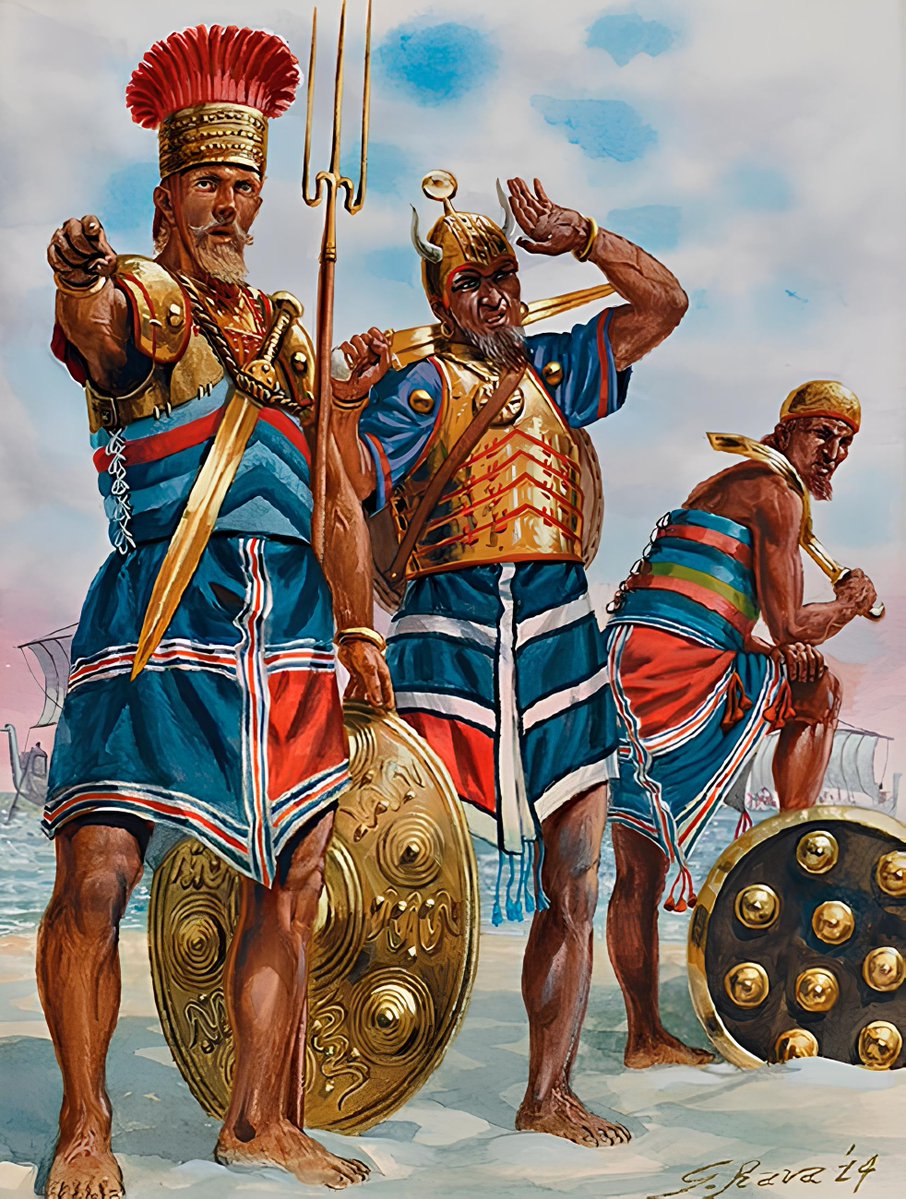
 Across the eastern Mediterranean, cities that had anchored civilization for centuries are destroyed or abandoned within a few generations. Palaces burn. Trade routes fall silent. Writing disappears.
Across the eastern Mediterranean, cities that had anchored civilization for centuries are destroyed or abandoned within a few generations. Palaces burn. Trade routes fall silent. Writing disappears. 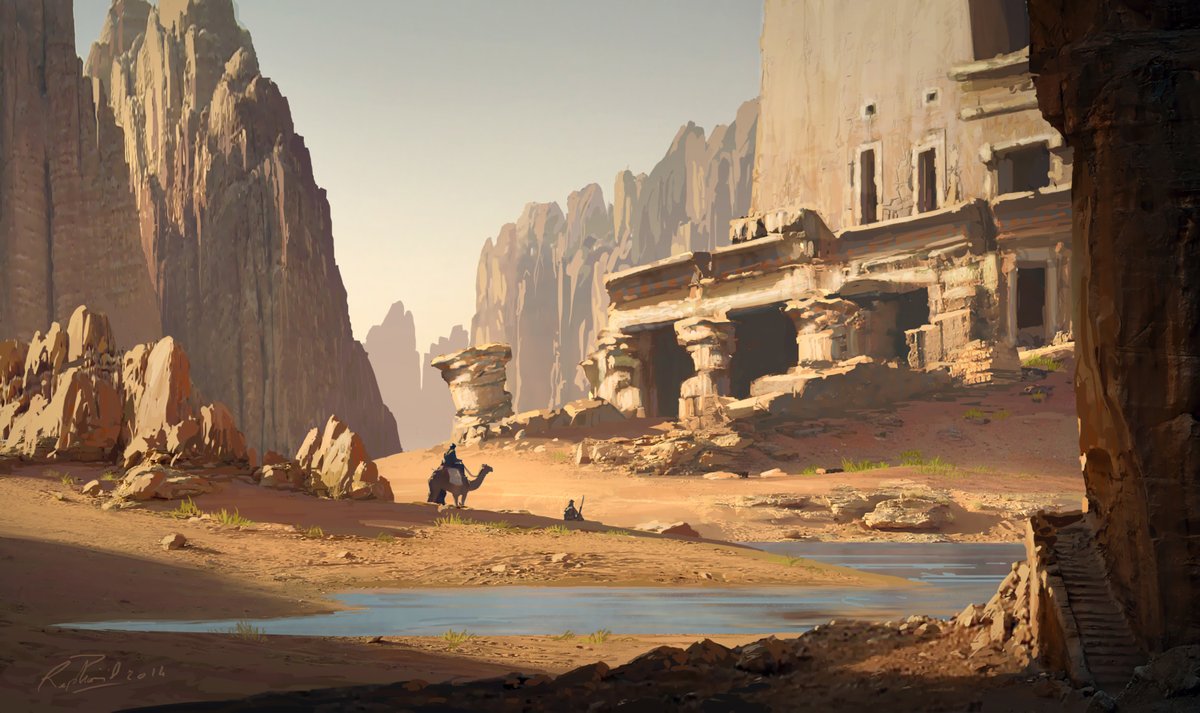
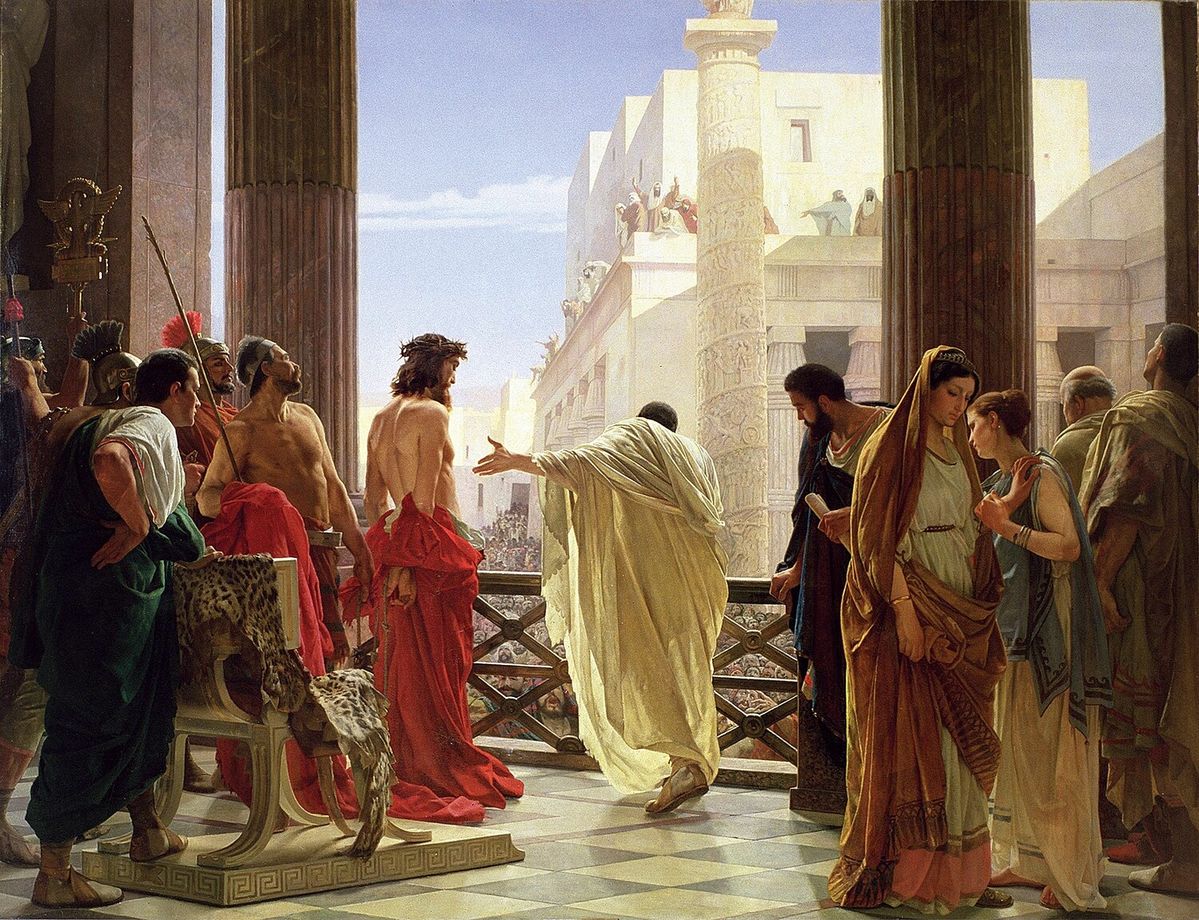
 The Western world thinks that Christianity's language is Latin, due to the spread of Catholic Church.. but many do not know that its original language was - and still is - Greek.
The Western world thinks that Christianity's language is Latin, due to the spread of Catholic Church.. but many do not know that its original language was - and still is - Greek. 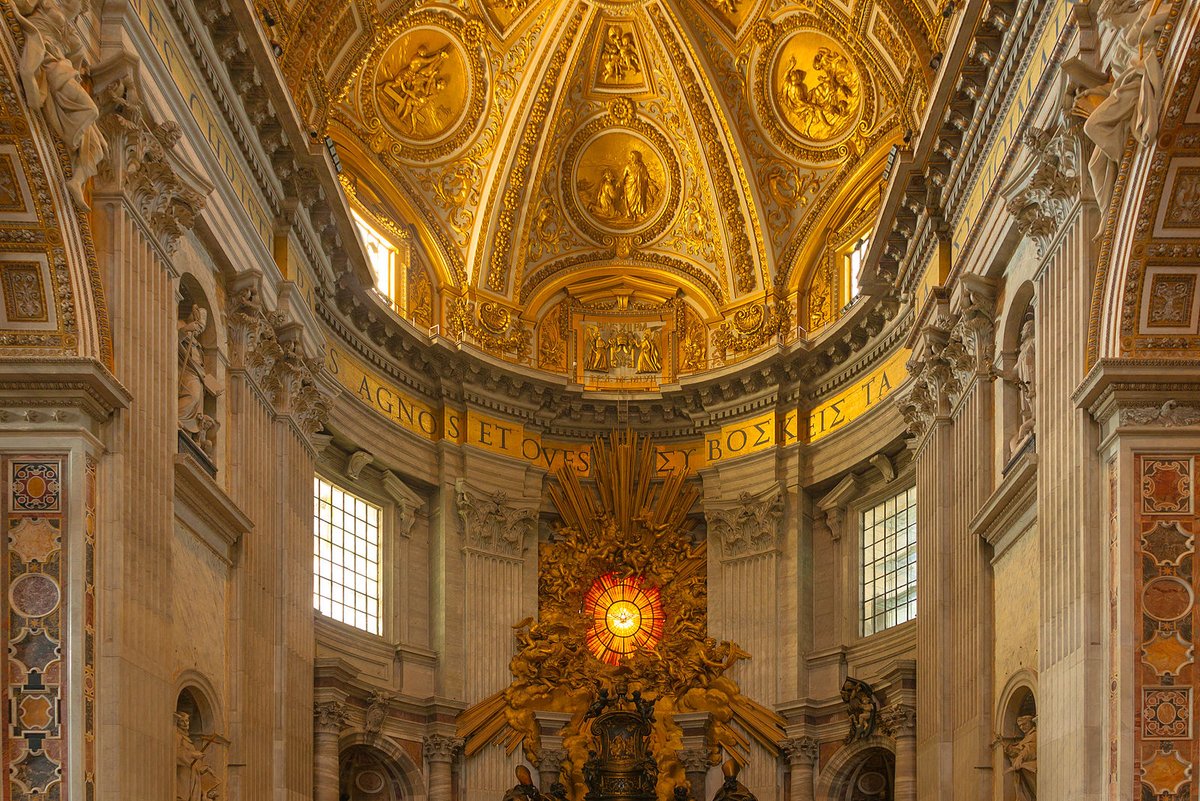

 In the limestone caves of Greece, two remarkable finds offer a window into a chaotic, vibrant chapter of human evolution.
In the limestone caves of Greece, two remarkable finds offer a window into a chaotic, vibrant chapter of human evolution. 
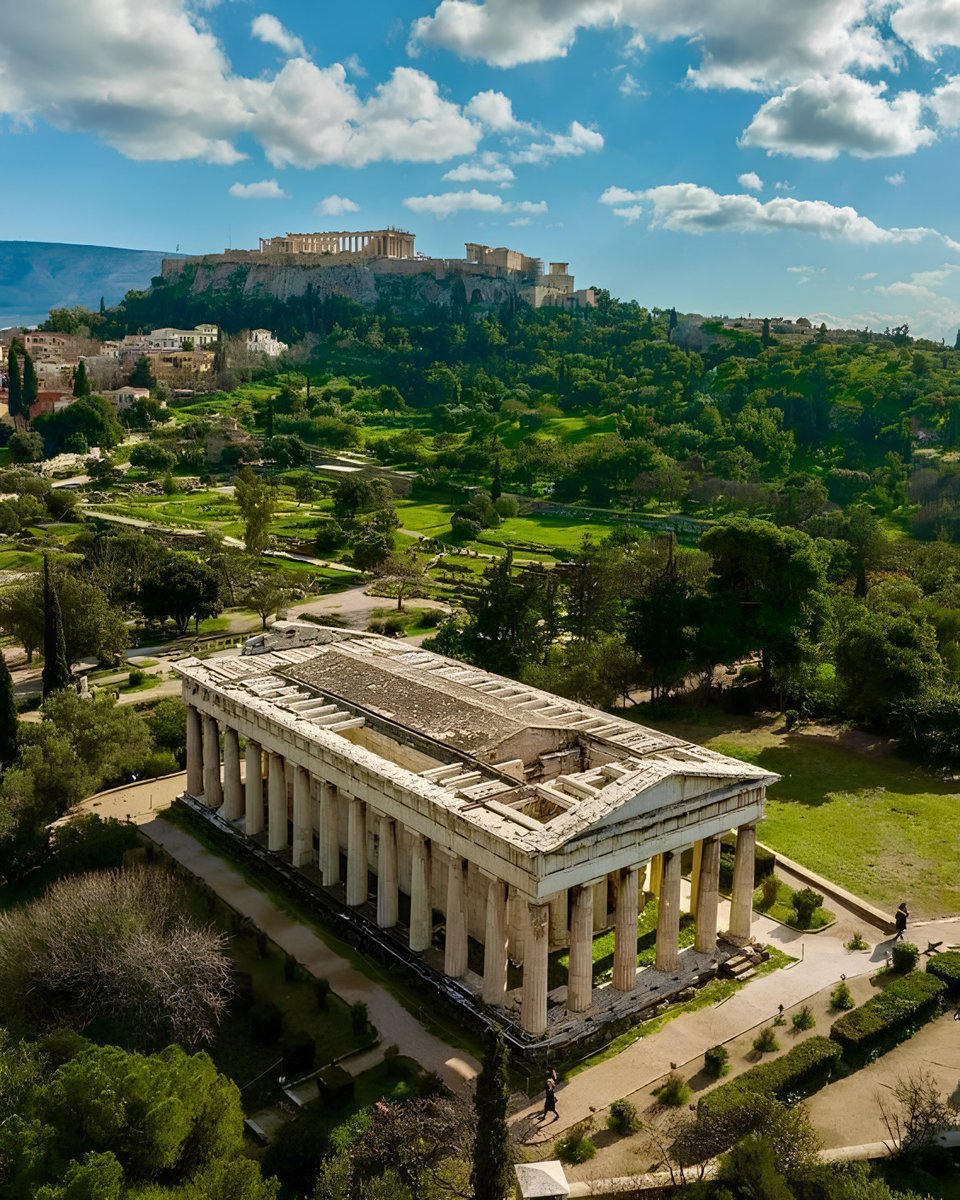
 The Acropolis is a crown, Parthenon glowing at sunset above a sea of cement; in this tragic irony the beauty of this city lies.
The Acropolis is a crown, Parthenon glowing at sunset above a sea of cement; in this tragic irony the beauty of this city lies. 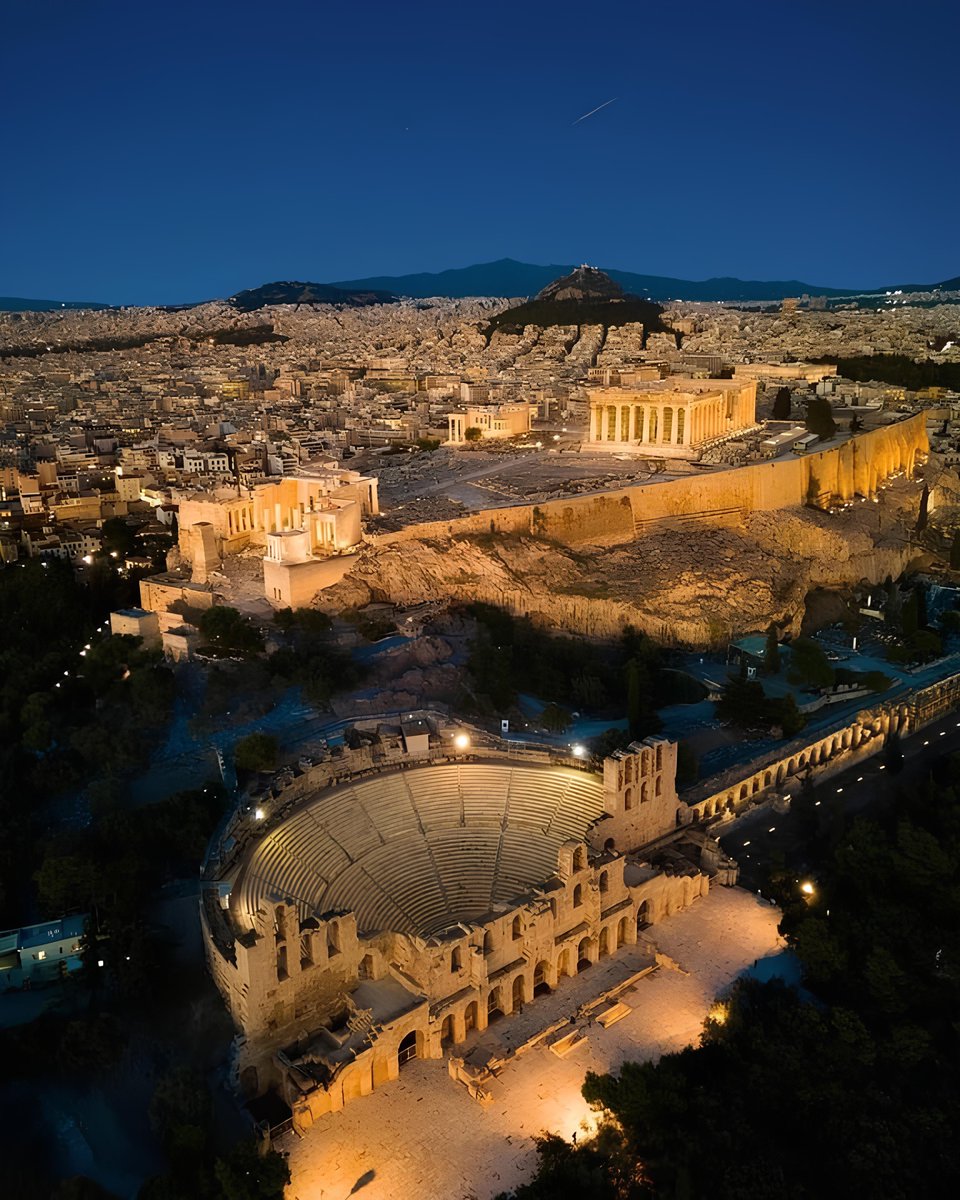
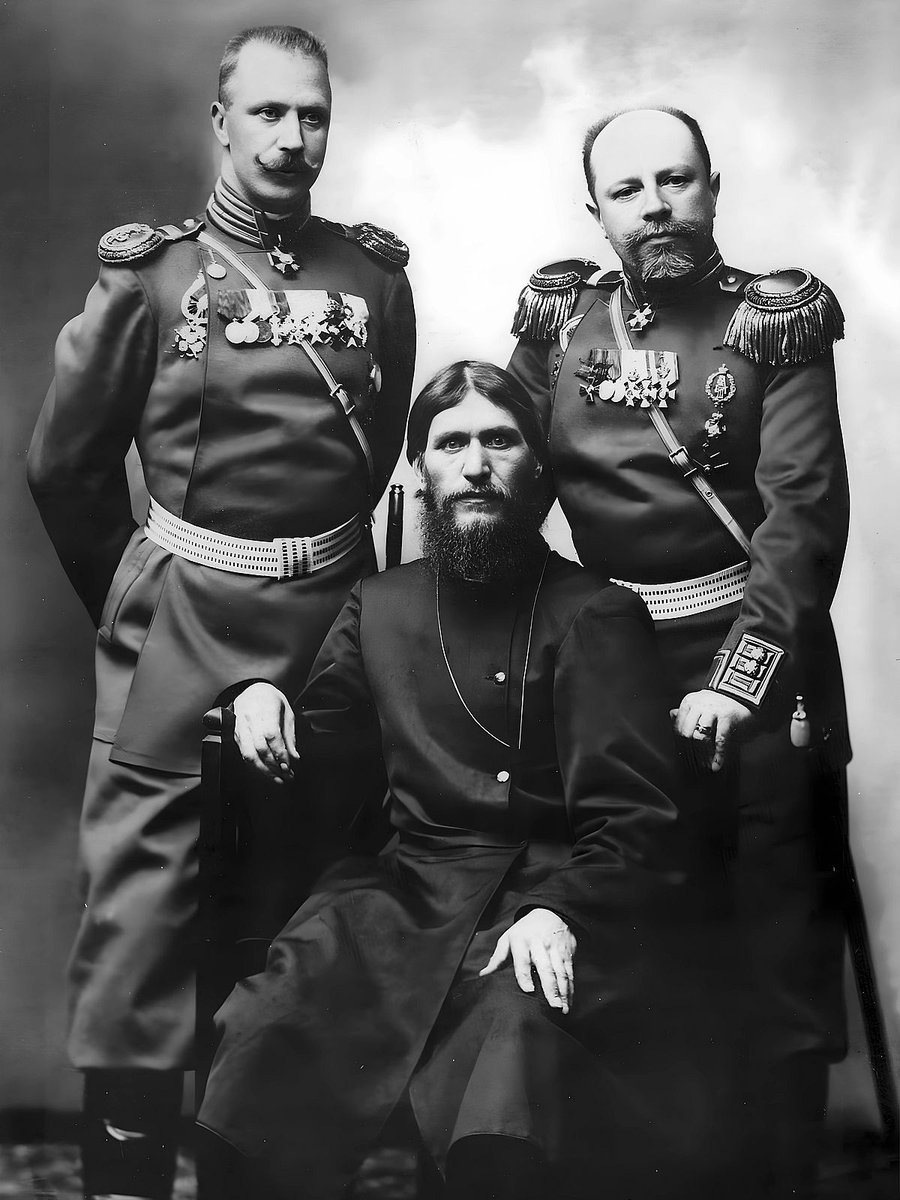
 Grigori Yefimovich Rasputin was born on January 21, 1869 (Julian calendar, or February 2 in the Gregorian), in the small village of Pokrovskoye, in the Tyumen district of Siberia, part of the Russian Empire.
Grigori Yefimovich Rasputin was born on January 21, 1869 (Julian calendar, or February 2 in the Gregorian), in the small village of Pokrovskoye, in the Tyumen district of Siberia, part of the Russian Empire. 

 Slavery and the slave trade predate modern notions of race or European dominance, existing across cultures for millennia. It was driven by economic demand, warfare, and power dynamics, not exclusive to any one group.
Slavery and the slave trade predate modern notions of race or European dominance, existing across cultures for millennia. It was driven by economic demand, warfare, and power dynamics, not exclusive to any one group. 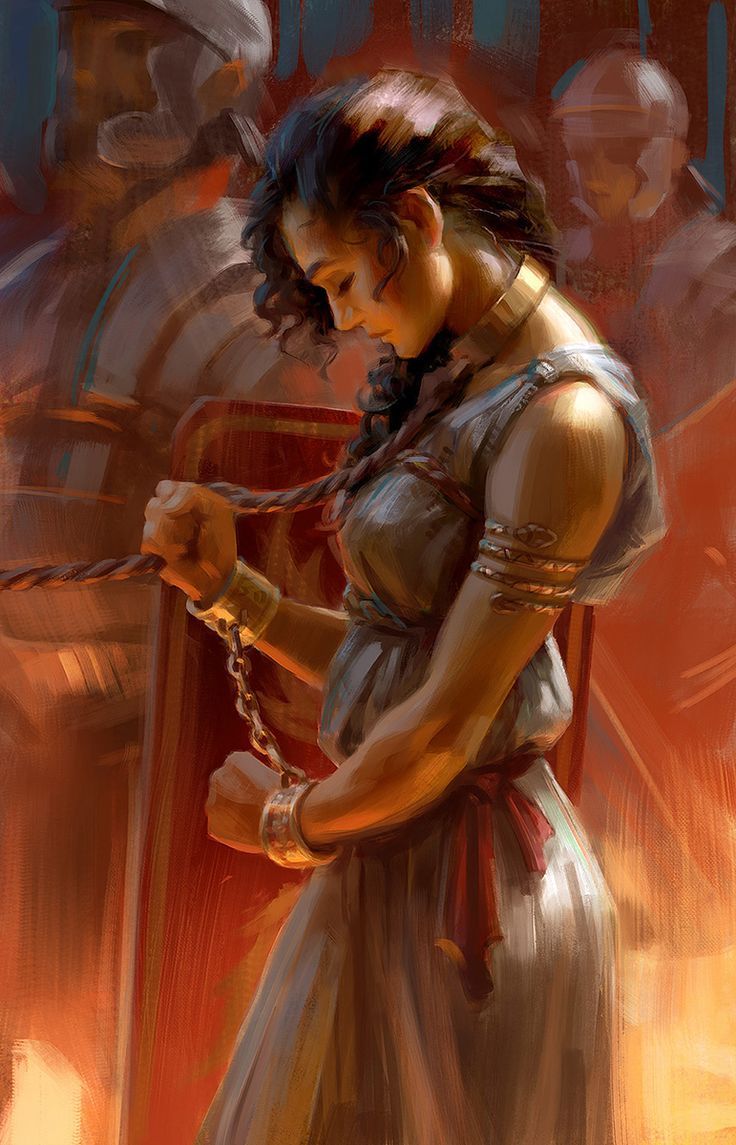
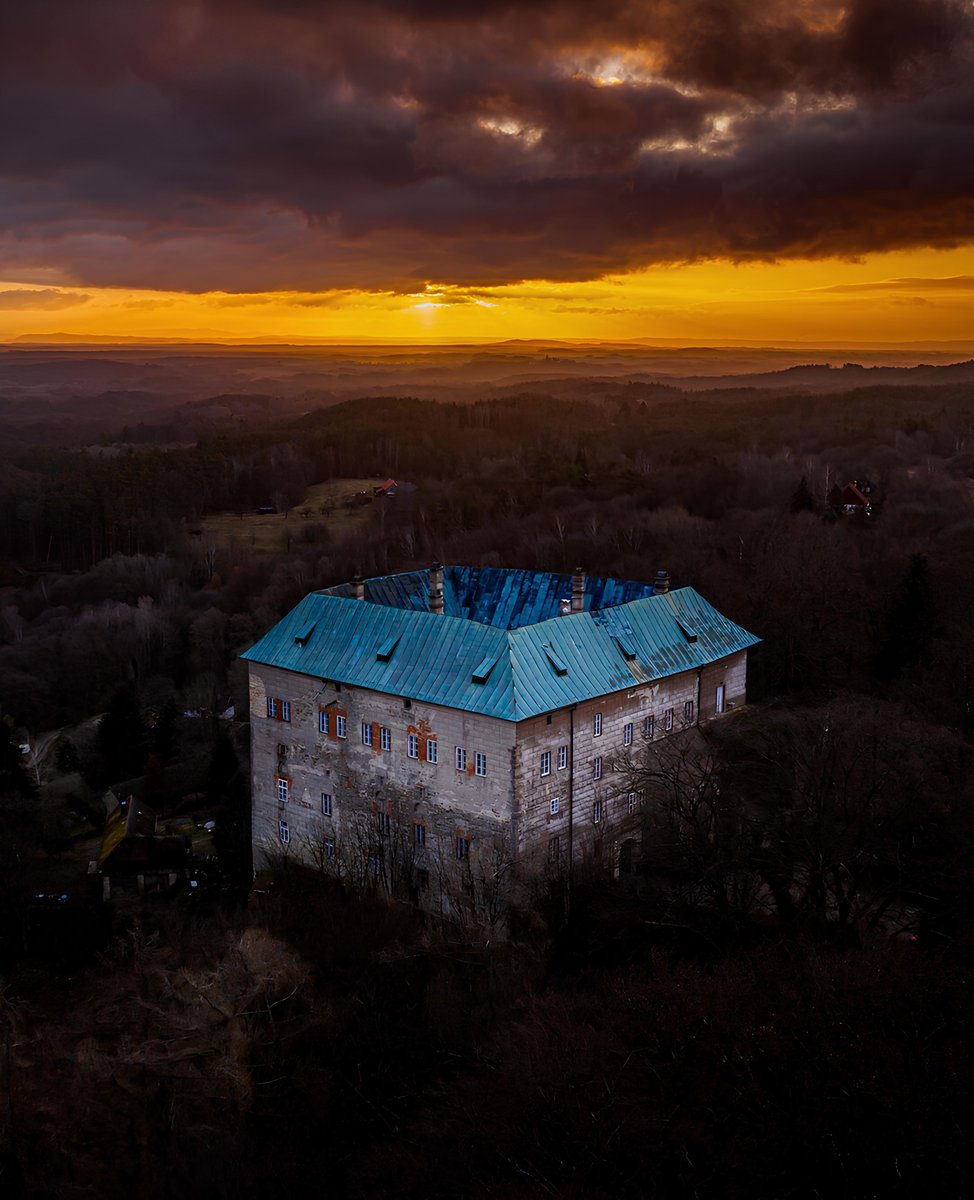
 Perched on a limestone cliff 47 kilometers north of Prague, this 13th-century Gothic fortress defies the logic of its era. It wasn’t built to guard a trade route, house royalty, or fend off invaders.
Perched on a limestone cliff 47 kilometers north of Prague, this 13th-century Gothic fortress defies the logic of its era. It wasn’t built to guard a trade route, house royalty, or fend off invaders. 

 Migration has shaped human history, driving progress and diversity when guided by order, but sowing chaos and displacement when left unchecked.
Migration has shaped human history, driving progress and diversity when guided by order, but sowing chaos and displacement when left unchecked. 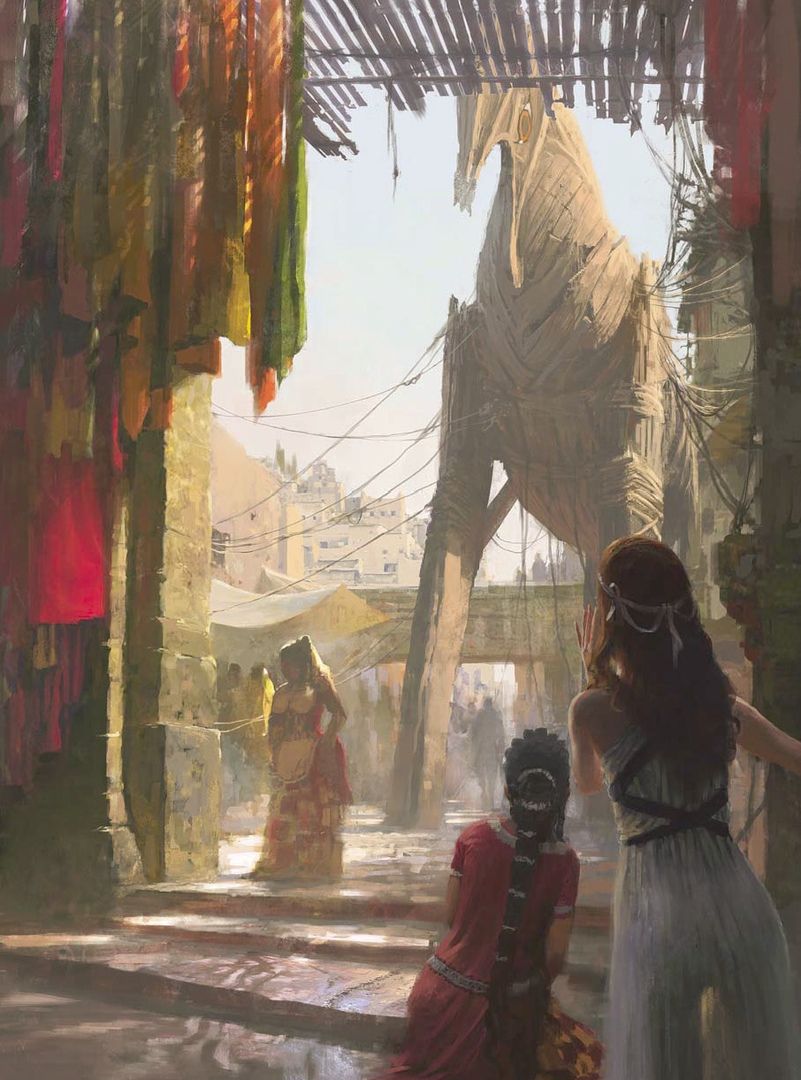
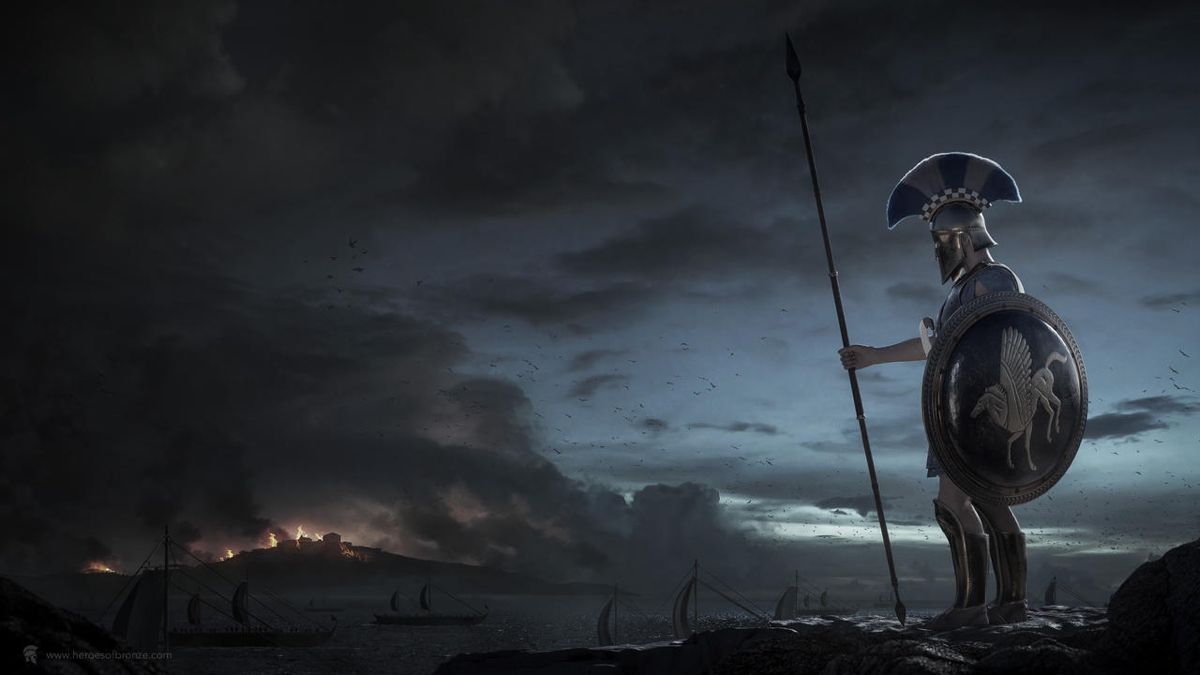
 The plague hit Athens in 430 BC, during the second year of the war between Athens and Sparta. Athens, under Pericles’ leadership, adopted a defensive strategy, withdrawing its population behind the city’s Long Walls, leading to overcrowding and poor sanitation.
The plague hit Athens in 430 BC, during the second year of the war between Athens and Sparta. Athens, under Pericles’ leadership, adopted a defensive strategy, withdrawing its population behind the city’s Long Walls, leading to overcrowding and poor sanitation. 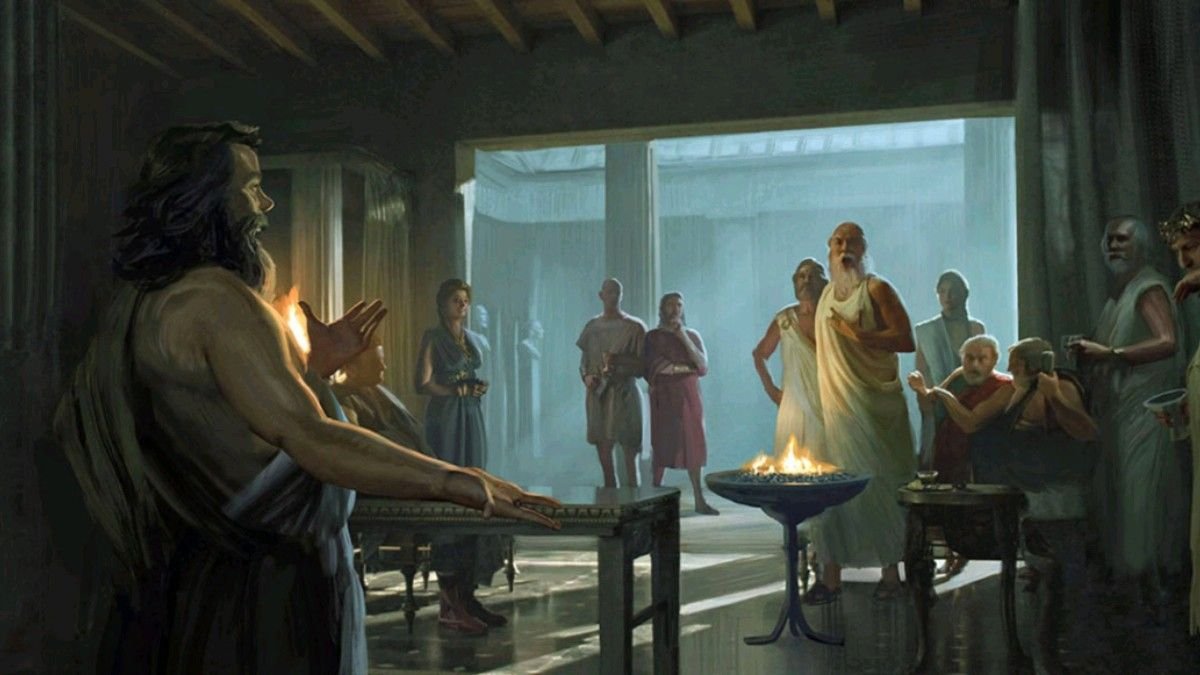

 The Argo sliced through the waves like a blade, leaving Pagasae’s shore behind, its fifty oars pounding the sea to Orpheus’s raw, steady rhythm.
The Argo sliced through the waves like a blade, leaving Pagasae’s shore behind, its fifty oars pounding the sea to Orpheus’s raw, steady rhythm.

 Looking back in the nation that gave birth to Western Ideals, Hellas, i see it thrived under Excellent Monarchs:
Looking back in the nation that gave birth to Western Ideals, Hellas, i see it thrived under Excellent Monarchs:

 The story begins with a throne stolen and a prophecy that wouldn’t quit. Pelias, a ruthless warlord ruling Iolcus, had muscled his way onto the throne, shoving aside Jason’s father. An oracle’s words kept Pelias up at night: a man with one sandal would end him.
The story begins with a throne stolen and a prophecy that wouldn’t quit. Pelias, a ruthless warlord ruling Iolcus, had muscled his way onto the throne, shoving aside Jason’s father. An oracle’s words kept Pelias up at night: a man with one sandal would end him. 

 Spartacus was born around 111 BC in Thrace, a rugged land of warriors around Northeastern Greece and its borders with Bulgaria. Likely raised among tribes known for their ferocity, he may have wielded a curved sica sword in raids or as a mercenary.
Spartacus was born around 111 BC in Thrace, a rugged land of warriors around Northeastern Greece and its borders with Bulgaria. Likely raised among tribes known for their ferocity, he may have wielded a curved sica sword in raids or as a mercenary. 

 Edward of Woodstock, born in 1330, was the eldest son of King Edward III of England and heir to the throne.
Edward of Woodstock, born in 1330, was the eldest son of King Edward III of England and heir to the throne. 

 When it came to ancient Hellenic warfare, we can roughly divide it in two eras: before Alexander the Great and after.
When it came to ancient Hellenic warfare, we can roughly divide it in two eras: before Alexander the Great and after. 

 This dude did all the disgusting things men want: he was exiled, escaped, became a Varangian in Constantinople, fought saracens in the Holy Lands, had his revenge, retook his throne and almost conquered England.
This dude did all the disgusting things men want: he was exiled, escaped, became a Varangian in Constantinople, fought saracens in the Holy Lands, had his revenge, retook his throne and almost conquered England.

 Saint Catherine’s Monastery, located at the foot of Mount Sinai in Egypt is part of the Greek Orthodox Patriarchate of Jerusalem; it houses the world’s second-largest collection of early codices and manuscripts (after Vatican), including the Codex Sinaiticus.
Saint Catherine’s Monastery, located at the foot of Mount Sinai in Egypt is part of the Greek Orthodox Patriarchate of Jerusalem; it houses the world’s second-largest collection of early codices and manuscripts (after Vatican), including the Codex Sinaiticus. 

 The stone sarcophagus (not statue exactly) lies in Turin, Italy and depicts Minister Jimenvirbak of the 26th dynasty that ruled Egypt between the sixth and seventh centuries BC.
The stone sarcophagus (not statue exactly) lies in Turin, Italy and depicts Minister Jimenvirbak of the 26th dynasty that ruled Egypt between the sixth and seventh centuries BC. 

 Prometheus stands as one of Greek mythology’s most compelling figures, a Titan whose name, meaning "Forethinker," captures his essence.
Prometheus stands as one of Greek mythology’s most compelling figures, a Titan whose name, meaning "Forethinker," captures his essence.

 The question of whether the ancient Macedonians were Greek has sparked debate, blending historical inquiry with modern politics. At the heart of this controversy lies the legacy of a people who, under the Argead dynasty, reshaped the ancient world.
The question of whether the ancient Macedonians were Greek has sparked debate, blending historical inquiry with modern politics. At the heart of this controversy lies the legacy of a people who, under the Argead dynasty, reshaped the ancient world. 

 The Vatican, steeped in mourning, prepares for the conclave to name the successor. Yet, in the background, a faint murmur stirs—an old prophecy, attributed to Saint Malachy, the 12th-century archbishop of Armagh, that some believe points to the end of the papacy itself.
The Vatican, steeped in mourning, prepares for the conclave to name the successor. Yet, in the background, a faint murmur stirs—an old prophecy, attributed to Saint Malachy, the 12th-century archbishop of Armagh, that some believe points to the end of the papacy itself. 